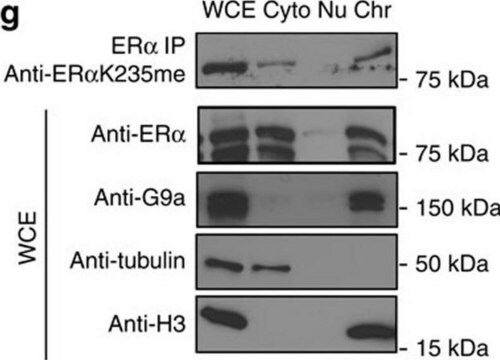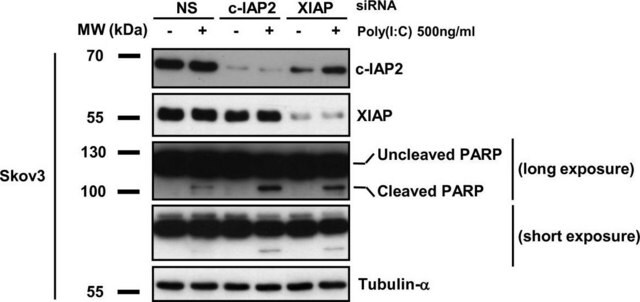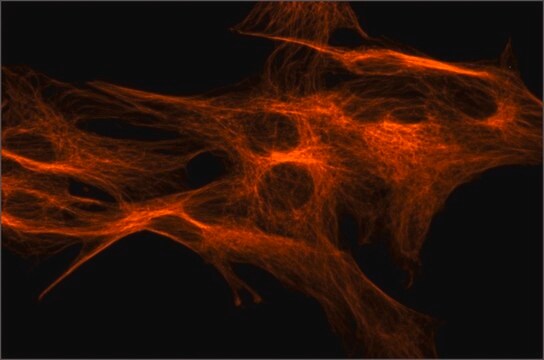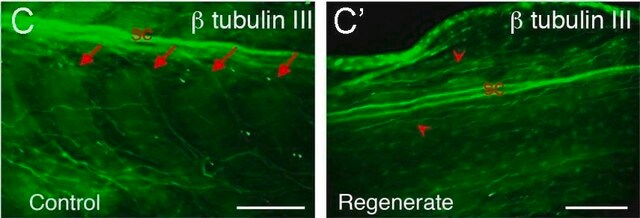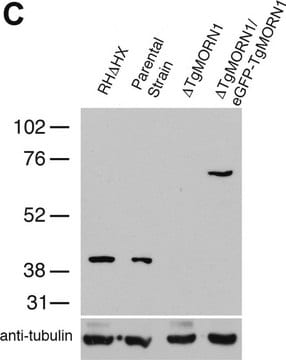F2043
Anti-β-Tubulin−FITC antibody, Mouse monoclonal
clone TUB 2.1, purified from hybridoma cell culture
Sinónimos:
Monoclonal Anti-β-Tubulin
About This Item
Productos recomendados
origen biológico
mouse
Nivel de calidad
conjugado
FITC conjugate
forma del anticuerpo
purified from hybridoma cell culture
tipo de anticuerpo
primary antibodies
clon
TUB 2.1, monoclonal
Formulario
buffered aqueous solution
mol peso
antigen 55 kDa
reactividad de especies
human, rat, frog, moth, mouse, plant, rabbit, chicken, bovine, wheat, sea urchin, hamster
condiciones de almacenamiento
protect from light
técnicas
direct immunofluorescence: 1:25 using cultured BHK cells
isotipo
IgG1
Condiciones de envío
dry ice
temp. de almacenamiento
−20°C
modificación del objetivo postraduccional
unmodified
Información sobre el gen
human ... TUBB(203068) , TUBB1(81027) , TUBB1(81027) , TUBB1(81027) , TUBB1(81027) , TUBB2A(7280) , TUBB2A(7280) , TUBB2A(7280) , TUBB2A(7280) , TUBB2C(10383) , TUBB2C(10383) , TUBB2C(10383) , TUBB2C(10383)
mouse ... Tubb1(104068) , Tubb1(104068) , Tubb1(104068) , Tubb1(104068) , Tubb2a(22151) , Tubb2a(22151) , Tubb2a(22151) , Tubb2a(22151) , Tubb2c(227613) , Tubb2c(227613) , Tubb2c(227613) , Tubb2c(227613) , Tubb3(22152)
rat ... Tubb2(29212) , Tubb2(29212) , Tubb2(29212) , Tubb2(29212) , Tubb2c(296554) , Tubb2c(296554) , Tubb2c(296554) , Tubb2c(296554)
¿Está buscando productos similares? Visita Guía de comparación de productos
Descripción general
Especificidad
Inmunógeno
Aplicación
- in the evaluation of the status of the meiotic spindle and the arrangement of chromosomes
- in immunofluorescence studies
- in immunofluorescence microscopy
- in spindle and chromosome imagery(6)
Acciones bioquímicas o fisiológicas
Forma física
Cláusula de descargo de responsabilidad
¿No encuentra el producto adecuado?
Pruebe nuestro Herramienta de selección de productos.
Código de clase de almacenamiento
12 - Non Combustible Liquids
Clase de riesgo para el agua (WGK)
nwg
Punto de inflamabilidad (°F)
Not applicable
Punto de inflamabilidad (°C)
Not applicable
Elija entre una de las versiones más recientes:
¿Ya tiene este producto?
Encuentre la documentación para los productos que ha comprado recientemente en la Biblioteca de documentos.
Los clientes también vieron
Artículos
Microtubules of the eukaryotic cytoskeleton are composed of a heterodimer of α- and β-tubulin. In addition to α-and β-tubulin, several other tubulins have been identified, bringing the number of distinct tubulin classes to seven.
Nuestro equipo de científicos tiene experiencia en todas las áreas de investigación: Ciencias de la vida, Ciencia de los materiales, Síntesis química, Cromatografía, Analítica y muchas otras.
Póngase en contacto con el Servicio técnico
